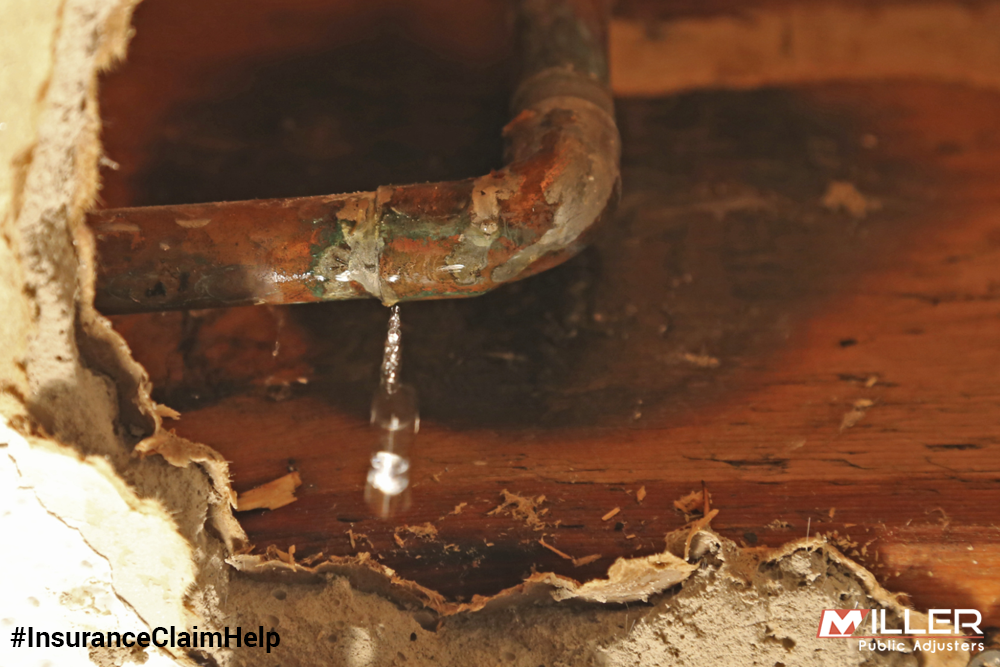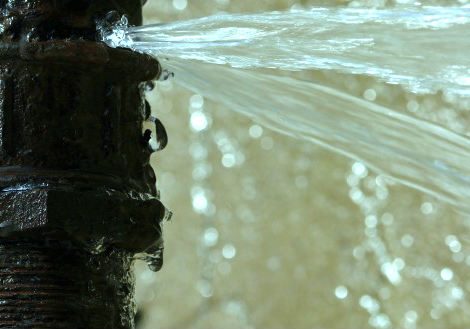How do you really feel about How to Install and Connect a New Dishwasher?

A ruptured pipeline is a major emergency; you can just stand as you watch water you pay a lot to reunite with the earth. In even worse instances, you notice a swimming pool on your kitchen flooring, which is a fantastic journey risk, particularly if you have youngsters around. If the pipe that ruptured was in your wall surfaces, bad news: you might require to repaint that entire section.
Exactly how can a tragedy like a burst pipeline be prevented and also taken care of? Well, by listening to your expert emergency plumbing professionals and complying with these policies.
Just how do I recognize when my pipelines have burst?
Varying water stress
Pipelines do not just burst in a day. You may have discovered that your cooking area faucet or shower doesn't run right away when you transform the tap. It might stop for a couple of secs and afterwards blast you with even more pressure than common.
In various other circumstances, the water might appear typical initially, then drop in pressure after a few seconds.
Wet walls and water discolorations
Prior to a pipeline ruptureds, it will certainly leakage, a lot of times. If this consistent leaking goes unnoticed, the leak may finish right into a vast wound in your pipeline. One simple way to avoid this emergency is to look out for damp wall surfaces ad water spots. These water stains will lead you right to the leakage.
Puddles under pipes as well as sinks
When a pipe bursts, the discharge develops a puddle. It may show up that the pool is growing in size, and despite the amount of times you mop the puddle, in a couple of mins, there's one more one waiting to be cleaned. Often, you might not be able to map the pool to any type of visible pipes. This is an indicator to call a specialist plumber.
Untraceable dripping sounds
Pipeline bursts can happen in one of the most unpleasant areas, like within concrete, inside wall surfaces, or under sinks. When your home goes silent, you may be able to hear an aggravatingly consistent dripping noise. Even after you've inspected your shower head and also kitchen area tap, the trickling may proceed.
Precious reader, the leaking may be coming from a pipe inside your wall surfaces. There isn't much you can do about that, other than tell a professional plumber.
Shut off the Water
When water ices up, it increases in volume by concerning 9 percent. And it expands with incredible force: The pressure inside pipelines may go from 40 extra pounds per square inch to 40,000 psi! No pipeline can hold that much pressure, so it breaks open. The break may take place where the ice forms, but more frequently, it happens where water stress locates a weak spot in the pipe. That might be inches or even feet from the frozen location. Find the water shutoff valve as well as switch off the water to prevent more damages. You could likewise need to turn off the electrical power too, relying on where the leakages takes place and also exactly how large it is.
Infected water
Many individuals assume a ruptured pipe is a one-way outlet. Rather the contrary. As water spurts of the hole or wound in your plumbing system, contaminants find their way in.
Your water may be infected from the resource, so if you can, check if your water container has any kind of troubles. Nonetheless, if your drinking water is supplied and purified by the city government, you should call your plumber promptly if you see or scent anything amusing in your water.
What do I do when I detect a ruptured pipeline?
Your water meter will continue to run even while your water wastes. To minimize your losses, find the primary controls and turn the supply off. The water pipe are an above-ground framework beside your property.
How to Fix & Detect a Leaking Pipe
How Do I Know if a Pipe is Leaking?
Leak detection tests can help you determine if your pipe has a leak. Even if you don’t see an apparent leak, you should still conduct leak detection tests regularly to save water and money—and prevent major damage to your home.
Water meter. It can be helpful to figure out what your usual water meter usage numbers are and then monitor them regularly. To monitor your meter, first, turn off all water faucets in your home. Check the meter and write down the numbers. In a few hours, check the meter again. If the numbers have changed, you have a leak. Water gauge. Use a water gauge to test your water pressure. Your showerhead should produce a certain amount of water pressure based on its model and design. If the pressure is lower than it is supposed to be for that specific showerhead, your home likely has a leak. Puddles. Look inside your bathroom, laundry, and kitchen sink cabinets. Puddles around the cabinets or around toilets, tubs, showers, and washing machines indicate the presence of a leaking pipe. You may also notice loose tiles, peeling or flaking paint, or mold caused by water accumulation. Napkin test. Even if you don’t see any puddles, you may still have a leak. You can test for water leaks in the bathroom, laundry, and kitchen by wiping below-sink connections with a napkin, paper towel, or piece of toilet paper. If it becomes damp, you probably have a leaking pipe under the sink. Discolored walls. Walls that are discolored—usually with brown or yellow stains—or bulging might mean that they have been impacted by water damage caused by a leaking pipe. Smell. A leaky pipe will create sitting water, and over time, that water may develop a musty smell. If your home smells musty, but you can’t locate the source, it may be due to a leak. Steps for Fixing a Leaking Pipe
A leaky drain can be remedied by tightening the pipe base, replacing the drain seal, caulking the rim, and tightening the pipe nut. Similarly, a leaking toilet pipe can be treated by tightening the packing nut. You may also need to replace the valve. A leaky faucet may just need tightening or replacement of the washers. If that doesn’t work, consider replacing your faucet. If your pipe has a hole in it, you may want to use a pipe leak sealer or pipe leak tape. This quick fix for water pipe leaks can also temporarily fix a copper pipe leak. https://www.ahs.com/home-matters/quick-tips/how-to-tell-if-pipes-are-leaking/

I stumbled upon that blog post on How to Install and Connect a New Dishwasher while doing a search on the internet. Sharing is good. You never know, you may just be helping someone out. Thanks for your time spent reading it.
Book Appointment